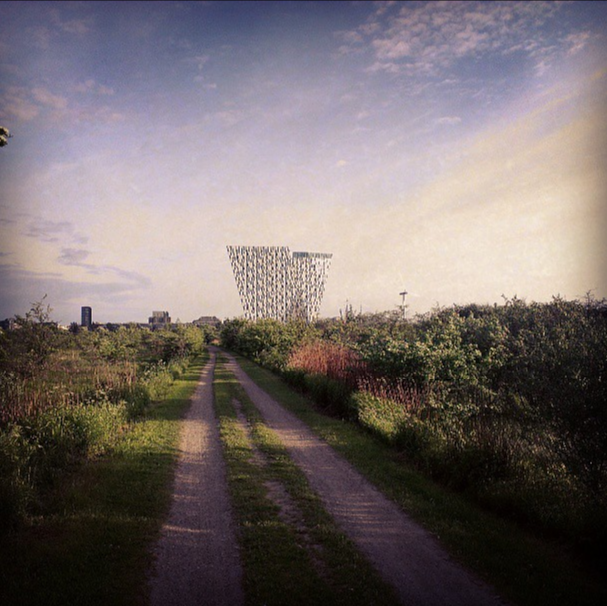
Uploaded on 2019-08-20 by Maria Moreanu
Attached image is taken from https://www.flickr.com/photos/jacobwang/9077692001/ a. Provisioning services Marine life from the Baltic Sea and the North Sea provides food for human consumption – the fish species caught are cod, plaice, herring, mussels, etc. Denmark is rich in clay soil, thus offering clay as raw material for manufacturing bricks, which are extensively used in construction. b. Regulating services The Baltic Sea and Nordic Sea, which surround Denmark are natural temperature regulators. Denmark is characterised by a temperate climate with mild winters and cool summers. The seas around Denmark also contribute to absorbing part of the atmospheric CO2. c. Habitat or Supporting services The area covered by open natural habitats covers approximately 10% of Denmark’s total area (reference https://www.cbd.int/doc/world/dk/dk-nr-05-en.pdf). As mentioned in the reference, the quality and biodiversity of the open natural habitats are declining. d. Cultural services There is a big focus in Denmark on landscape architecture and especially on bringing more natural type of landscaping into the city. Inhabitants are enjoying going for a walk or jogging along the lakes and green spaces in the city. There is also a large natural reserve in the Southern part of Copenhagen, which is used as a recreation area daily.